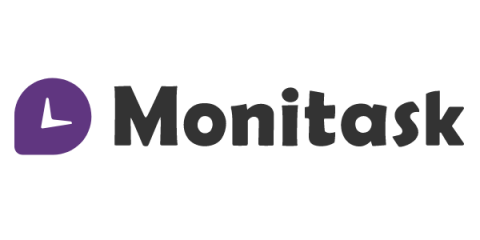Remote Workforce Management: 12 Tips & Tools to Become a Better Leader
Remote workforce management became a hot topic more than ever during the global pandemic. But, remote work is here since long. Statistics show that about one in four workers in the US were working remotely before 2020. But since the start of the global lockdown, we have seen an astronomical increase in the number of people working remotely. Another recent study published by the Harvard Business School indicates that the trend is bound to continue.








